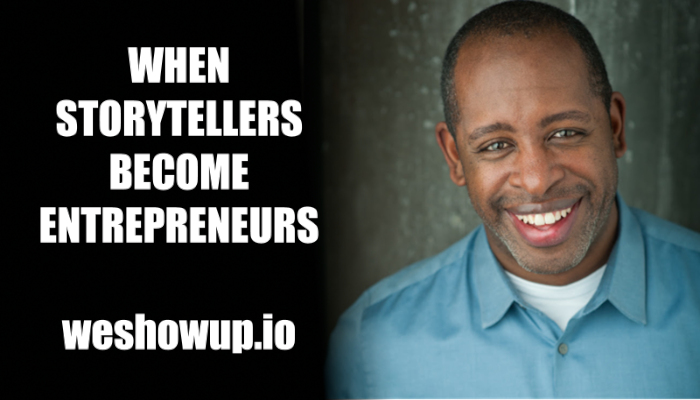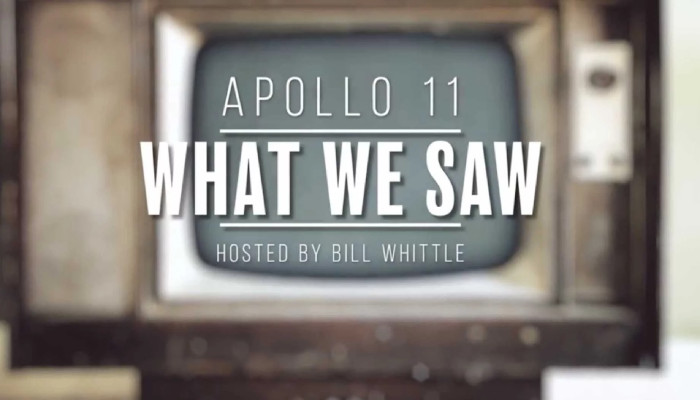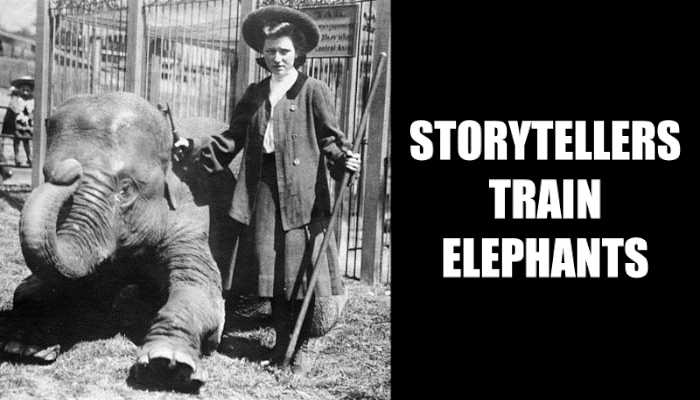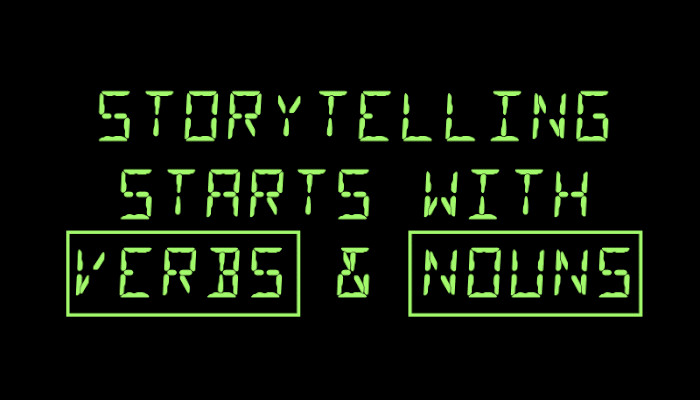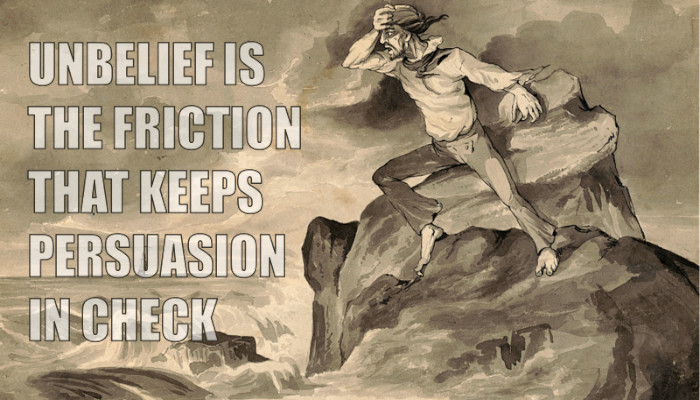Everything I Know about Storytelling I Learned from Watching Gilligan’s Island
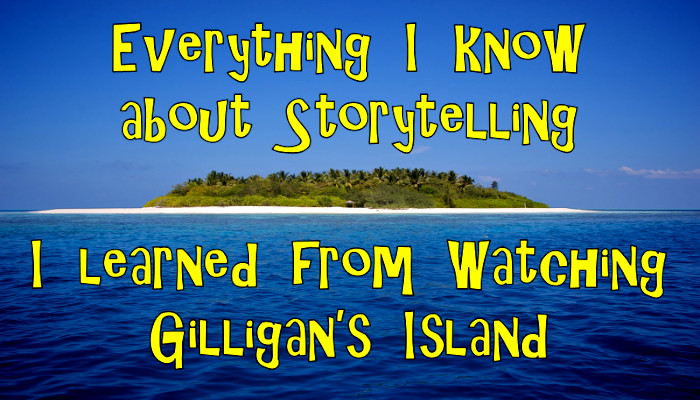
Stories are driven by great characters with unique motivations–and get interesting when those motivations clash. We see this every day in business. Before a prospect issues a purchase order, a host of characters must reconcile their motivational differences. Just think about the myriad of things that must align between you, your boss, your prospect, your prospect’s boss, and a collection of others, including competitors, investors, and vendors before any transaction.
The best business people understand what storytellers have known for ages: the best way to predict behavior is to understand what people want. Therefore, when storytellers create characters, they ask a simple question: “What do they want and why do they want it? By understanding what and why, storytellers establish guidelines for how characters react within specific situations.
Consider two famous characters: Detective Columbo (TV series) and Inspector Clouseau (The Pink Panther movies). Both Columbo and Clouseau are police detectives who want to solve a mystery, but each is motivated differently. Columbo pretends to be a bumbling detective, while Inspector Clouseau is a bumbling detective. Columbo solves his cases by staying one step ahead of his adversaries, while Inspector Clouseau stumbles into the truth through the hijinks of his ineptitude. Two characters with the same goal yet different motivations results in vastly different results. It’s all about the motivations.
So, how do you create a great characters that connect with audiences across generations? By studying successful ones. So let’s analyze Gilligan’s Island using the StoryHow™PitchDeck (SHPD).
Gilligan’s Island
Gilligan’s Island was a low-budget, campy sitcom filmed in the mid 1960s. Although it only ran for three seasons, it’s still in syndication today–more than fifty years later. Why? Because of the special ingredients that its writers tossed into their storytelling cauldron.
Just sit right back and you’ll hear a tale…
The song in the show’s opening title sequence describes four storytelling components: the Backstory (SHPD #30), Initial Impulse (SHPD #16), Setting (SHPD #6) and the castaways’ common motivation (SHPD #40 Throughline) to get back home.
Just sit right back and you’ll hear a tale, a tale of a fateful trip,
That started from this tropic port, aboard this tiny ship.
The mate was a mighty sailing man, the skipper brave and sure,
Five passengers set sail that day, on a three-hour tour,
A three-hour tour.
The weather started getting rough, the tiny ship was tossed,
If not for the courage of the fearless crew the Minnow would be lost,
The Minnow would be lost.
The ship set ground on the shore of this uncharted desert isle,
With Gilligan, the Skipper too,
The millionaire and his wife,
The movie star, Professor and Mary Ann,
Here on Gilligan’s Isle.
Minor Characters
Experienced storytellers know that good Minor Characters (SHPD #4) make better major characters.
The Island establishes the story’s Setting (SHPD #6), restricting the characters to one location. It’s the Catalyst (SHPD #9) that creates the Challenges (SHPD #53) of living in a benevolent prison–one that restricts castaway movements while simultaneously protecting them (SHPD #14) from the elements.
The Pacific Ocean is the castaway’s common foe and thus, Antagonist (SHPD #3). It’s the largest obstacle between them and their common goal: home.
The SS. Minnow is a Symbol (SHPD #57) of the castaway’s predicament. Just seeing it in the background reminds us that the castaways are trapped.
The Radio keeps the castaways connected to the outside by providing them with external Knowledge (SHPD #41).
The castaways use Coconuts for everything like: drinking cups, water-powered machines, the Professor’s experiments, and let’s not forget about Coconut Cream Pie.
Major Characters
The most important part of character development is determining what each character wants. This single piece of information drives all of their actions.
Jonas Grumby (The Skipper) wants to take care of the castaways. As their Captain, he’s driven by an Obligation (SHPD #34) to act as their Protector (SHPD #14). The Skipper’s Fatal Flaw (SHPD #11) is his inability to remain calm when Gilligan inevitably fouls something up. He is the Mirror (SHPD #7) to Gilligan.
Gilligan, the first mate, always wants to do the right thing, yet his good intentions frequently result in mayhem. His Superpower (SHPD #12) rests in his physical abilities to do things that the other castaways can’t, like run, jump, and climb coconut trees. Gilligan has two Fatal Flaws (11): he doesn’t think through his actions and Coconut Cream Pies are his kryptonite. Gilligan is the Mirror (SHPD #7) to the Skipper.
Thurston Howell III (Mr. Howell) wants to be the castaway’s leader because of his status on the mainland. He fails to understand that his money and status have no bearing on a deserted island. He’s a snob on the outside and a marshmallow on the inside. Even though his actions are Ironic (SHPD #56), he’s a respected elder and sometimes Mentor (SHPD #13).
Eunice “Lovey” Howell (Mrs.Howell) always wants to bring class to island activities. Her Fatal Flaw (SHPD # 11) is her inability to understand the actions of her working-class island mates. She is warmhearted and frequently comforts Mr. Howell when things inevitably don’t go his way.
Mary Ann Summers is a sweet, Kansas farm girl who wants to help everyone. Her most appealing attribute, her innocence, is also her Fatal Flaw (SHPD #11) because people can take advantage of her. She is the Mirror (SHPD #7) to Ginger.
Ginger Grant is an actress who wants to be the center of attention. Like the Howells, she’s used to getting her way. Ginger’s Superpower (SHPD # 12) is her ability to wrap the male Castaways around her little finger, while her Fatal Flaw (SHPD #11) is her inability to connect with people. Her Mirror (SHPD #7) is Mary Ann.
Roy Hinkley (The Professor) wants to solve all of the castaway’s problems. Whether it be finding a way off the island, making appliances out of bamboo, or recharging the radio’s batteries with coconut milk, the Professor is always trying to make life better for the castaways. His two Super Powers (SHPD #12) are Knowledge (SHPD #41) and Logical Choice (SHPD #33). His non-emotional way of attacking problems plays Mirror (SHPD #7) to the Skipper’s emotional reactions.
Episodes
Since Gilligan’s Island is a serial sitcom, the castaways can never leave the island. Therefore, each episode consists of a series of Recurring Events (SHPD #18) in the castaway’s common goal to get off the island. A typical episode involves the writers pumping the castaways with hope, and just when it looks like they’ll be rescued, one of Gilligan’s well-meaning actions scuttles the plan with a Setback (SHPD #23).
Final Thoughts
Gilligan’s Island is one of the most popular television series in broadcast history. But why? Was it the production value? Nope. The first season was filmed in black & white. Did it have the best writing? Nope. You could drive a truck through some of the holes in its Plot Points (SHPD #19). So, if the show suffered from such basic flaws, how did it enjoy so much success?
I have a few thoughts. First, it contains the raw ingredients of a good story: an odd collection of strong characters restricted to interact a tiny social microcosm. Add the fact that these characters were so relatable, we willingly suspend our belief to look past some of the plot-line inconsistencies. Lastly, and I think this is the most important one, we know theses characters by a single name. Just hearing someone talk about the Skipper, Gilligan, Mr. and Mrs. Howell, Mary Ann, Ginger, or the Professor, brings fond memories and make us smile.
Do you want to write a great story? Then create characters with a diverse set of wants. Ask, “What do they want and why do they want it?” Finally, put those characters into a situation, step back, and watch what happens. It worked for Gilligan’s Island and it might just work for you.
Photo Credit: Deserted Island by Mrs eNil through an Attribution-NonCommercial-NoDerivs 2.0 Generic (CC BY-NC-ND 2.0) license.
